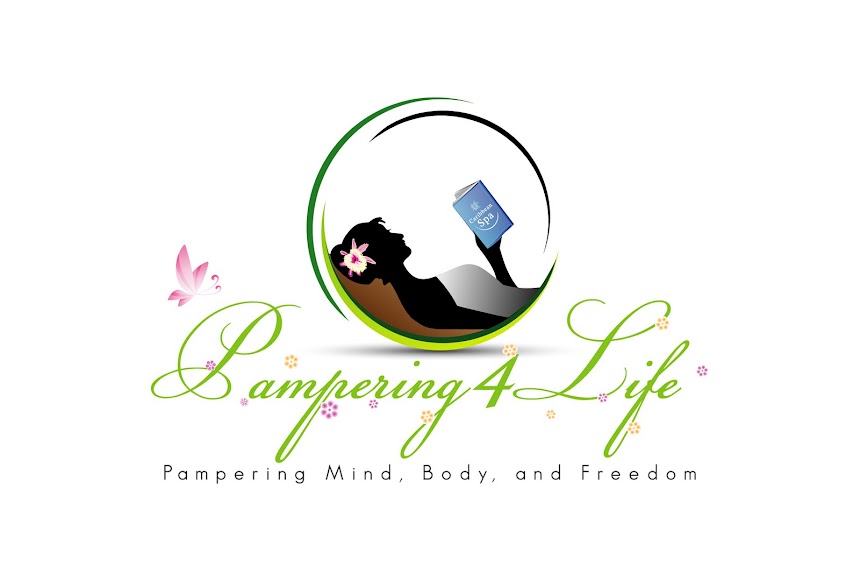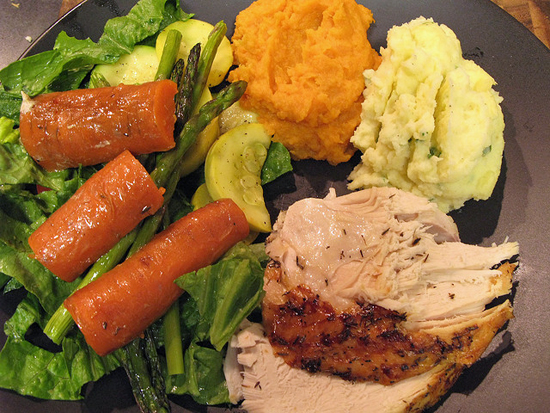Health benefits to DANCING
Dancing can be a way to stay fit for people of all ages, shapes and sizes. It has a wide range of physical and mental benefits including:
- Improved condition of the heart and lungs
- Increased muscular strength, endurance and motor fitness
- Increased aerobic fitness
- Improved muscle tone and strength
- Weight management
- Stronger bones and reduced risk of osteoporosis
- Better coordination, agility and flexibility
- Improved balance and spatial awareness
- Increased physical confidence
- Improved mental functioning
- Improved general and psychological wellbeing
- Greater self-confidence and self-esteem
- Better social skills.
Getting started
You can dance in a group, with a partner, or on your own. There a lots of different places where you can enjoy dancing, for example at dance schools, social venues, community halls and in your own home. Dancing has become such a popular way to be active and keep fit, that most fitness clubs now offer dance classes in their group exercise programs.
Dancing can be performed both competitively and socially. It can be a great recreational and sporting option, because anyone of any age can take part. It doesn’t matter whether it is cold or raining as dancing is usually done indoors.
The gear you require to dance will depend on the style of dancing you choose. For example, tap dancing will involve purchasing tap shoes, whereas ballet will require ballet slippers and ballet attire. To get started, simply choose a style you enjoy, or would like to try, and join a class.
Types of dance
There are numerous styles of dance to choose from, each with its own attractions. Some popular types of dancing styles include:
- Ballet – mostly performed to classical music, this dance style focuses on strength, technique and flexibility.
- Ballroom dancing –: this involves a number of partner dancing styles such as the waltz, swing, fox-trot, rumba and the tango.
- Belly dancing – originating in the Middle East, this dance style is a fun way to exercise.
- Hip hop – performed mostly to hip hop music, this urban dance style can involve breaking, popping, locking and free styling.
- Jazz – a high energy dance style involving kicks, leaps and turns to the beat of the music.
- Pole dancing – this style of dancing has become increasingly popular as a form of exercise. It involves sensual dancing with a vertical pole, and requires muscle endurance, co-ordination, and upper and lower body strength.
- Salsa – involving a mixture of Caribbean, Latin American and African influences, salsa is usually a partner dance and emphasises rhythms and sensuality.
- Square dancing – a type of folk dancing where four couples dance in a square pattern, moving around each other and changing partners
- Tap dancing – focuses on timing and beats. The name originates from the tapping sounds made by the small metal plates on the dancer’s shoes touch the ground.
How to choose a dance style
When choosing a dance style, ask yourself:
- Do I want to dance to improve my fitness?
- Am I trying to improve my flexibility and co-ordination?
- Do I enjoy fast or slow dancing?
- Do I want to dance with a partner, or on my own?
- Do I want to join a group, or have private lessons?
- Will I enjoy competitions, or do I want to dance just for fun?
Some general tips
Suggestions include:
- See your doctor for a check-up if you have a medical condition, are overweight, are over 40 years of age or are unfit.
- Wear layers of clothing that you can take off as your body warms up.
- Do warm-up stretches or activities before you begin a dance session.
- Drink plenty of water before, during and after dancing.
- Make sure you rest between dance sessions.
- Don’t push yourself too far or too fast, especially if you are a beginner.
- Wear professionally fitted shoes appropriate to your style of dance.
- Check with your dance instructor that you are holding the correct form.
- Sit and watch new dance moves first. Learning new moves increases the risk of injury, especially if you are already tired.
- Perform regular leg-strengthening exercises.
- Move as fluidly and gracefully as you can.
- Cool down after a dance session, including stretching.
Things to remember
- Dancing can be a way to stay fit for people of all ages, shapes and sizes.
- Dancing can improve your muscle tone, strength, endurance and fitness.
- Dancing is a great way to meet new friends.
- See your doctor for a check-up if you have a medical condition, are overweight, are over 40 years of age or are unfit.





